by urban-acupuncture | May 5, 2025 | Acupuncture
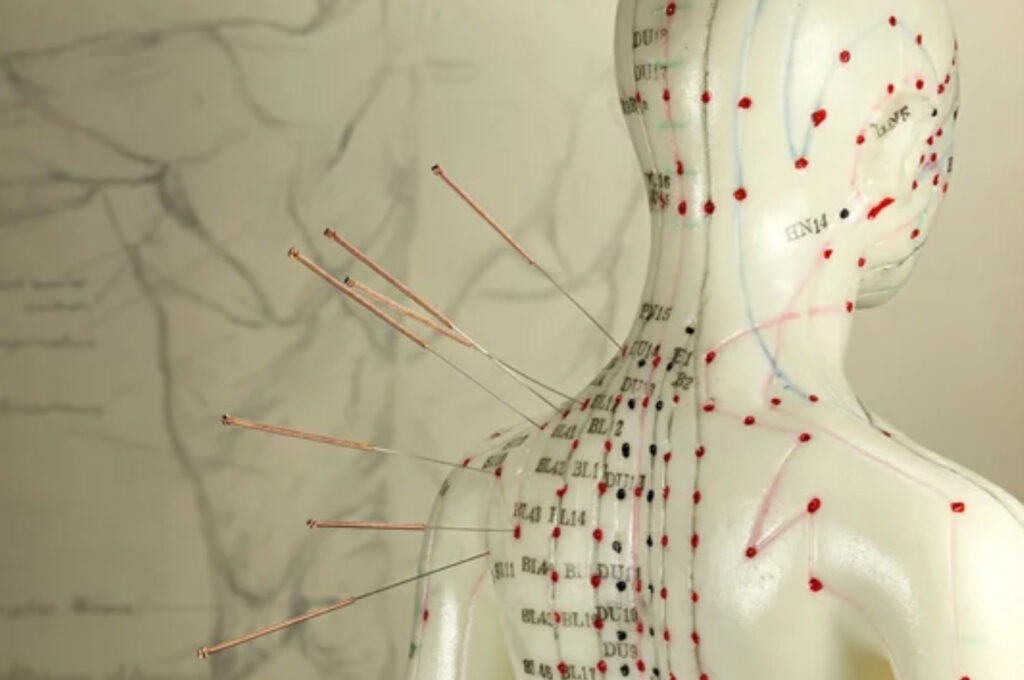 Recent developments in acupuncture include advancements in research, clinical applications, and integration into mainstream healthcare.
Recent developments in acupuncture include advancements in research, clinical applications, and integration into mainstream healthcare.
Here are some of the latest updates:
Research on Acupuncture Analgesia
Studies continue to explore the effectiveness of acupuncture for pain management, with a focus on chronic pain conditions such as lower back pain, neck pain, and osteoarthritis. Research highlights the potential of acupuncture as a non-pharmacological approach to pain relief, emphasizing its safety and cost-effectiveness.
Individualized Acupuncture for Chronic Pain
Recent trials have shown that individualized acupuncture can provide long-term relief for chronic neck pain, offering a promising treatment option for persistent pain conditions.
Latest Advancements in Acupuncture for Chronic Pain
-
- Evidence of Effectiveness
Acupuncture has been shown to be effective for treating chronic pain conditions such as lower back pain, neck pain, osteoarthritis, and headaches. Meta-analyses have demonstrated that acupuncture provides significant pain relief that persists over time, with benefits not fully explained by placebo effects.
- Mechanisms of Action
Research has elucidated several mechanisms by which acupuncture relieves pain, including the activation of transient receptor potential channels, suppression of microglial activity, and modulation of cytokines and inflammatory factors Additionally, acupuncture modulates brain networks involved in pain processing, affecting both sensory and cognitive aspects of pain perception.
- Integration into Pain Management
Acupuncture is increasingly recognized as a valuable adjunct or alternative to opioids for chronic pain management. Its integration into pain medicine practices and training programs continues to grow, reflecting its safety and cost-effectiveness.
- Technological and Methodological Advances
Techniques such as electroacupuncture have been explored for enhanced pain relief compared to manual stimulation. The selection of acupoints and stimulation methods can influence treatment outcomes, with personalized approaches often used to tailor treatments to individual patients.
Acupuncture in Cancer Care
Acupuncture is being studied for its role in managing chemotherapy-induced peripheral neuropathy (CIPN) and cancer-related pain. Preliminary evidence suggests it may be effective in reducing severe CIPN and improving quality of life for cancer survivors.
Latest Advancements in Acupuncture for Cancer
- Chemotherapy-Induced Peripheral Neuropathy (CIPN)
Acupuncture has shown promise in managing CIPN, a common side effect of chemotherapy. Studies have demonstrated that acupuncture can significantly reduce neuropathic symptoms and improve quality of life for cancer survivors. Ongoing research includes phase 3 trials to further assess its efficacy.
- Cancer Pain Management
Acupuncture is being explored for its role in relieving cancer-related pain. Research at institutions like Memorial Sloan Kettering Cancer Center indicates that acupuncture can help alleviate pain, one of the most feared symptoms for cancer patients.
- Prevention of CIPN
Recent studies suggest that acupuncture may prevent CIPN when administered concurrently with chemotherapy. A clinical trial found that acupuncture protected against CIPN in patients with colorectal cancer, with benefits lasting at least six months post-treatment.
- Integration into Cancer Care
Acupuncture is increasingly recognized as a safe and effective complementary therapy in cancer care. It is used to manage various symptoms, including pain, anxiety, and fatigue, improving overall quality of life for cancer patients.
- Future Research Directions
Future studies will likely focus on optimizing acupuncture protocols, exploring its mechanisms, and integrating it more fully into mainstream cancer treatment plans. The use of advanced techniques like electroacupuncture is also being investigated for enhanced benefits.
Emergency Department Applications
A clinical trial at Duke University demonstrated the feasibility and effectiveness of using acupuncture in emergency departments to treat acute musculoskeletal pain, showing an additive effect when combined with conventional pain management.
Here’s a detailed explanation of the trial and its findings:
Overview of the Trial
- Objective: The trial aimed to assess the feasibility and effectiveness of using acupuncture in emergency departments to treat acute musculoskeletal pain. It evaluated whether acupuncture could provide additional pain relief when used alongside conventional treatments.
- Design: The study was a randomized controlled trial involving 236 patients. Participants were divided into three groups:
- Battlefield Acupuncture: This involves stimulating five specific points on each ear.
- Peripheral Acupuncture: This involves stimulating various points on the arms, legs, head, and neck.
- Usual Care Alone: Patients received standard emergency department pain management without acupuncture.
- Procedure: Acupuncture sessions lasted 20-30 minutes and were performed by licensed acupuncturists in the emergency department. The treatments were administered in addition to usual care, which included medications for pain relief.
- Findings: The study found that both types of acupuncture provided significant pain relief compared to usual care alone. There was no significant difference in pain reduction between the two acupuncture methods, so both were continued throughout the study. The results showed an additive effect of acupuncture on pain relief, meaning that patients who received acupuncture experienced more pain reduction than those who did not.
- Implications: The trial highlights the potential of acupuncture as a complementary therapy in emergency settings, particularly for managing acute musculoskeletal pain. It suggests that incorporating acupuncture into emergency department protocols could enhance pain management strategies, potentially reducing reliance on opioids and improving patient outcomes.
- Future Directions: The study’s findings support further research into the use of acupuncture in emergency medicine, particularly for addressing health disparities in pain management. It emphasizes the need for more trials to confirm these results and explore the long-term benefits of acupuncture in acute pain settings.
Scientific Understanding of Acupuncture Mechanisms
Recent research has shed light on the physiological mechanisms behind acupuncture, including the disruption of C fibers and the modulation of brain networks involved in pain processing.
How acupuncture affects C fibers and modulates brain networks:
Disruption of C Fibers
- Role of C Fibers in Acupuncture
C fibers are a type of nociceptor that plays a crucial role in transmitting pain signals. Studies have shown that C fibers are activated by acupuncture, contributing to its analgesic effects. The activation of C fibers can lead to the release of neurotransmitters and hormones that help reduce pain perception.
- Mechanism of Action
The activation of C fibers by acupuncture can trigger a cascade of physiological responses. This includes the release of endorphins and other natural pain-relievers, which help to modulate pain perception at both peripheral and central levels.
- Importance of C Fiber Activation
Research indicates that blocking C fibers can diminish the therapeutic effects of acupuncture, highlighting their central role in mediating acupuncture-induced analgesia. This suggests that C fibers are key to understanding how acupuncture works to relieve pain.
Modulation of Brain Networks
- Brain Regions Involved
Acupuncture modulates brain networks involved in pain processing, including regions such as the anterior cingulate cortex (ACC), insula, and somatosensory cortex. These areas are responsible for processing pain, emotion, and sensory information.
- Neuroimaging Studies
Functional magnetic resonance imaging (fMRI) studies have shown that acupuncture can alter brain activity patterns, leading to deactivation of pain-related areas and activation of regions involved in pain modulation. This modulation helps in reducing pain perception and improving pain tolerance.
- Impact on Pain Processing
By influencing these brain networks, acupuncture can effectively reduce pain intensity and improve quality of life for individuals suffering from chronic pain conditions. The modulation of brain activity also supports the role of acupuncture in managing other symptoms associated with pain, such as anxiety and stress.
In summary, recent research has elucidated the role of C fibers in acupuncture’s analgesic effects and highlighted the complex modulation of brain networks involved in pain processing. These findings provide a scientific basis for understanding how acupuncture works and support its use as a complementary therapy for pain management.
Integration into Contemporary Medical Practice
Acupuncture has been increasingly integrated into contemporary medical practice due to its potential benefits in pain management, inflammation reduction, and overall well-being. Here’s an exploration of its mechanisms and integration:
- Cross-Disciplinary Integration
The integration of acupuncture with modern medicine is becoming more prominent, particularly in fields like neurosciences, anesthesiology, oncology, and psychiatry. This integration involves using modern medical methods to study acupuncture’s mechanisms and enhance its applications.
- Pain Management
Acupuncture is increasingly recognized as a complementary therapy for pain management, offering a non-pharmacological approach that can reduce reliance on opioids. Its integration into pain clinics and emergency departments is being explored for managing acute and chronic pain.
- Global Acceptance
While acupuncture is widely used globally, its acceptance in Western medicine is growing. Centers like the Southern California Oriental Medical Center are leading the way in integrating traditional Chinese medicine with Western practices.
- Future Directions
To further establish acupuncture’s role in modern medicine, more scientific research is needed. This includes conducting rigorous clinical trials and using advanced technologies to understand its mechanisms and optimize its applications.
Acupuncture’s integration into contemporary medical practice is supported by its potential mechanisms, including the stimulation of afferent fibers, neurotransmitter release, and anti-inflammatory effects. As research continues to elucidate these mechanisms, acupuncture is becoming more accepted as a complementary therapy in various medical disciplines.
These developments highlight the growing interest in acupuncture as a complementary therapy for various health conditions, with ongoing research aimed at understanding its mechanisms and expanding its applications in healthcare.
To learn more about how acupuncture can help you, contact us today!…
Contact Urban Acupuncture Center in Columbus, OH For More Information
For more information about how acupuncture, massage therapy, electroacupuncture and other alternative healing treatments can help you, please contact the Urban Acupuncture Center Board Certified Licensed Acupuncturist’s team at Indianola Ave, Columbus, Ohio (Clintonville) (614) 725-2488 or click here. Taking new patients in and around greater Columbus, Ohio.
by urban-acupuncture | Mar 5, 2025 | Acupuncture
Acupuncture Can Help Manage Your Diabetes
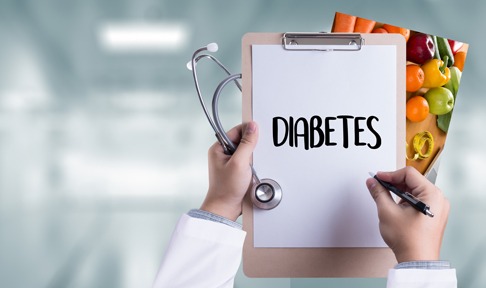 Diabetes is a chronic condition that affects millions of people worldwide, leading to complications such as high blood sugar levels, nerve damage (neuropathy), and other metabolic disorders. While conventional treatments like medication, insulin therapy, and lifestyle changes remain the cornerstone of diabetes management, many individuals are exploring complementary therapies such as acupuncture. Research suggests that acupuncture may help improve blood sugar control and alleviate diabetic neuropathy symptoms, offering a holistic approach to diabetes care.
Diabetes is a chronic condition that affects millions of people worldwide, leading to complications such as high blood sugar levels, nerve damage (neuropathy), and other metabolic disorders. While conventional treatments like medication, insulin therapy, and lifestyle changes remain the cornerstone of diabetes management, many individuals are exploring complementary therapies such as acupuncture. Research suggests that acupuncture may help improve blood sugar control and alleviate diabetic neuropathy symptoms, offering a holistic approach to diabetes care.
How Acupuncture May Benefit People with Diabetes
Acupuncture is an ancient Chinese medical practice that involves inserting thin needles into specific points on the body to promote healing and balance energy flow, or “Qi.” In the context of diabetes management, acupuncture has shown promise in several key areas:
1. Regulating Blood Sugar Levels
Several studies have indicated that acupuncture can help lower blood glucose levels by:
- Enhancing insulin sensitivity, allowing cells to use glucose more effectively.
- Reducing oxidative stress and inflammation, which are linked to insulin resistance.
- Modulating the nervous system and hormones involved in glucose metabolism.
For example, research has shown that acupuncture can influence the hypothalamus-pituitary-adrenal (HPA) axis, which plays a crucial role in regulating blood sugar. By stimulating specific acupoints, acupuncture may help restore balance to this system, improving glucose metabolism and reducing insulin resistance.
2. Relieving Symptoms of Diabetic Neuropathy
Diabetic neuropathy is a common complication of diabetes, causing pain, tingling, and numbness, primarily in the hands and feet. Acupuncture may help by:
- Improving circulation: Enhanced blood flow can nourish damaged nerves and promote healing.
- Reducing nerve pain: Acupuncture stimulates the release of endorphins, the body’s natural painkillers, which can help alleviate discomfort.
- Decreasing inflammation: Studies suggest that acupuncture may help reduce inflammation, which is a key factor in nerve damage.
Clinical trials have shown that acupuncture treatments can significantly reduce neuropathic pain and improve nerve function in diabetes patients. Some studies even suggest that regular acupuncture sessions could slow the progression of neuropathy.
3. Supporting Weight Management and Metabolism
Obesity and metabolic syndrome are significant risk factors for type 2 diabetes. Acupuncture has been explored as a weight management tool because it can:
- Suppress appetite by regulating hunger hormones like ghrelin and leptin.
- Improve digestion and metabolism by stimulating the gastrointestinal system.
- Reduce stress and emotional eating by balancing the nervous system.
Studies indicate that acupuncture can aid in weight loss and improve lipid profiles, which may contribute to better blood sugar control.
Scientific Studies Supporting Acupuncture for Diabetes
Several studies support the potential benefits of acupuncture for diabetes management:
- A meta-analysis published in Diabetes Research and Clinical Practice found that acupuncture significantly reduced fasting blood glucose levels and improved insulin sensitivity.
- A study in The Journal of Acupuncture and Meridian Studies reported that patients with diabetic neuropathy experienced significant pain relief and improved nerve function after acupuncture treatments.
- Research in Endocrinology & Metabolism suggested that acupuncture can help regulate hormones involved in glucose metabolism, providing a potential complementary approach to diabetes care.
While acupuncture is not a replacement for standard diabetes treatments, it may serve as a valuable complementary therapy, enhancing the effectiveness of conventional medical care.
Acupuncture Points for Diabetes Management
Acupuncturists typically target specific points to help manage diabetes and its complications. Some commonly used acupoints include:
- ST36 (Zusanli): Known for boosting digestion and energy metabolism.
- SP6 (Sanyinjiao): Used to regulate the spleen and kidney function, which are important in blood sugar balance.
- LI11 (Quchi): Often targeted to reduce inflammation and support immune function.
- PC6 (Neiguan): Helps manage stress and emotional well-being, which can impact blood sugar levels.
Acupuncture sessions are usually combined with lifestyle recommendations, such as dietary modifications, exercise, and stress management techniques, to achieve optimal results.
Is Acupuncture Safe for People with Diabetes?
Acupuncture is generally considered safe when performed by a licensed practitioner. The risks are minimal, especially when sterile, single-use needles are used. However, people with diabetes should take some precautions:
- Ensure that acupuncture is done by a qualified practitioner to avoid infection risks.
- Monitor blood sugar levels closely, as acupuncture may enhance insulin sensitivity.
- Discuss acupuncture with a healthcare provider, especially if taking medications that lower blood sugar.
A Complementary Approach to Diabetes Care
Acupuncture offers a promising complementary therapy for people with diabetes by potentially improving blood sugar control, relieving neuropathy symptoms, and supporting overall metabolic health. While more research is needed to fully understand its long-term effects, acupuncture may serve as a valuable addition to a comprehensive diabetes management plan.
For individuals seeking a holistic approach, combining acupuncture with standard treatments, healthy eating, and regular physical activity may lead to better diabetes control and improved quality of life. If you’re considering acupuncture for diabetes, consult with a licensed acupuncturist and your healthcare provider to determine if it’s the right option for you.
Contact Urban Acupuncture Center in Columbus, OH For More Information
For more information about how acupuncture, massage therapy, electroacupuncture and other alternative healing treatments can help you, please contact the Urban Acupuncture Center Board Certified Licensed Acupuncturist’s team at Indianola Ave, Columbus, Ohio (Clintonville) (614) 725-2488 or click here. Taking new patients in and around greater Columbus, Ohio.
by urban-acupuncture | Mar 1, 2025 | Acupuncture
Acupuncture Before IVF Increased Success Rates
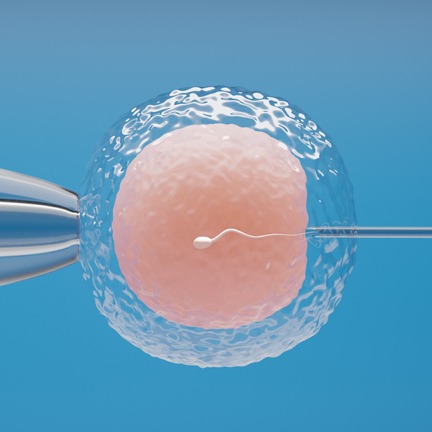
Acupuncture has long been explored as a complementary therapy to improve in vitro fertilization (IVF) outcomes. A recent study published in PMC has provided compelling evidence that acupuncture performed 25 minutes before embryo transfer (ET) significantly enhances IVF success rates. However, the study also found that repeating acupuncture 25 minutes after ET did not yield additional benefits.
Key Findings of the Study
The research aimed to determine whether acupuncture at specific time intervals around ET could positively influence implantation and pregnancy rates. The study evaluated women undergoing IVF and found that:
- Acupuncture performed 25 minutes before embryo transfer led to a statistically significant improvement in IVF success rates.
- However, repeating acupuncture 25 minutes after ET did not contribute to further enhancement of outcomes.
These findings suggest that the timing of acupuncture plays a crucial role in its effectiveness as a complementary IVF treatment.
Why Does Acupuncture Before ET Improve IVF Outcomes?
There are several potential explanations for why pre-ET acupuncture improves IVF success:
- Increased Uterine Blood Flow – Acupuncture is known to enhance blood circulation, particularly to the uterus, which may improve the chances of successful implantation.
- Reduced Uterine Contractions – Stress and anxiety can cause uterine contractions that may hinder implantation. Acupuncture is believed to have a calming effect, reducing contractions at a critical moment.
- Hormonal Regulation – Acupuncture may help balance reproductive hormones, supporting a more favorable environment for embryo implantation.
Why Doesn’t Acupuncture After ET Provide Additional Benefits?
While acupuncture is beneficial before ET, performing it after transfer may not offer the same advantages. Possible reasons include:
- Implantation Window Timing – The most crucial period for improving uterine receptivity may occur before ET rather than afterward.
- Minimal Additional Physiological Impact – Once the embryo is transferred, the key factors influencing implantation are already in place, limiting acupuncture’s ability to further improve outcomes.
- Potential for Unnecessary Stimulation – In some cases, post-ET acupuncture could slightly disturb the embryo’s positioning, though more research is needed to confirm this.
Clinical Implications
For women undergoing IVF, this study provides valuable insight into optimizing acupuncture as a complementary treatment. Based on the findings:
- Acupuncture should be scheduled 25 minutes before embryo transfer to maximize potential benefits.
- Additional acupuncture sessions immediately after ET may not be necessary.
- Future research should explore whether acupuncture at different pre-ET intervals could further enhance outcomes.
Acupuncture is a promising adjunct therapy for improving IVF success, but timing is critical.
This study underscores that performing acupuncture before embryo transfer significantly enhances implantation success, while post-ET acupuncture does not provide added benefits. As acupuncture continues to be integrated into fertility treatments, these findings can help refine protocols and maximize the chances of a successful pregnancy.
For further details, you can read the full study here.
Contact Urban Acupuncture Center in Columbus, OH For More Information
For more information about how acupuncture, massage therapy, electroacupuncture and other alternative healing treatments can help you, please contact the Urban Acupuncture Center Board Certified Licensed Acupuncturist’s team at Indianola Ave, Columbus, Ohio (Clintonville) (614) 725-2488 or click here. Taking new patients in and around greater Columbus, Ohio.
by urban-acupuncture | Feb 6, 2025 | Acupuncture
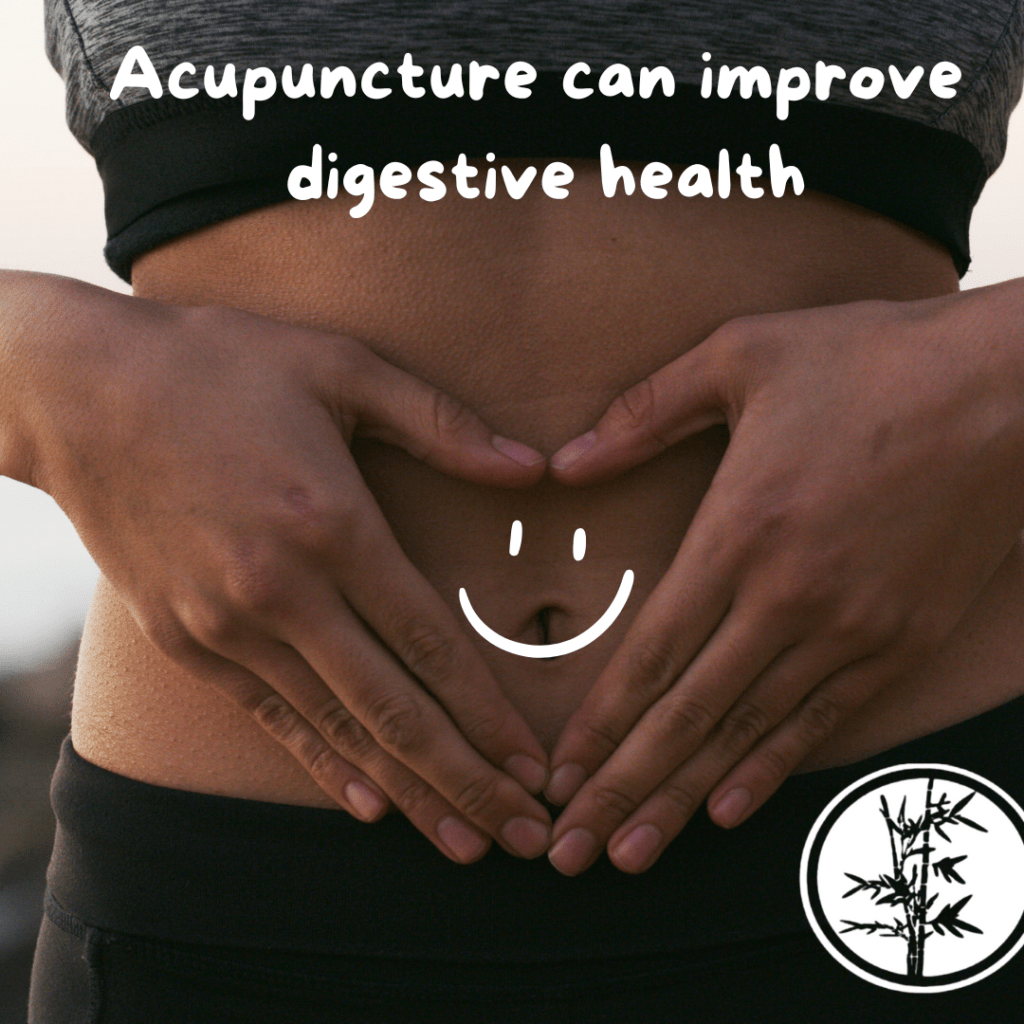 If you’re dealing with bloating, stomach pain, cramping, discomfort, constipation, diarrhea, acid-reflux or appetite issues (low or high), acupuncture can help restore balance to your digestive system, improving comfort and function naturally. The gut is often referred to as “the second brain,” in traditional Chinese medicine because there exists a bi-directional communication network between the central nervous system and the “gut-brain” or enteric nervous system. Acupuncture helps regulate the central nervous system, allowing improved communication throughout the body. Additionally, it helps aid in nutrient absorption, triggers the release of digestive enzymes, improves blood circulation to the gut, reduces inflammation, balances gut microbial, and stimulates the release of endorphins and other pain relief chemicals.
If you’re dealing with bloating, stomach pain, cramping, discomfort, constipation, diarrhea, acid-reflux or appetite issues (low or high), acupuncture can help restore balance to your digestive system, improving comfort and function naturally. The gut is often referred to as “the second brain,” in traditional Chinese medicine because there exists a bi-directional communication network between the central nervous system and the “gut-brain” or enteric nervous system. Acupuncture helps regulate the central nervous system, allowing improved communication throughout the body. Additionally, it helps aid in nutrient absorption, triggers the release of digestive enzymes, improves blood circulation to the gut, reduces inflammation, balances gut microbial, and stimulates the release of endorphins and other pain relief chemicals.
The digestive system is sensitive to stress, diet, and lifestyle. While these factors impact our overall health and wellness, they are particularly noticeable in our digestive system because they can have an immediate impact on our quality of life on a day to day basis. When we are stressed, our bodies go into “fight or flight mode,” which quickly diverts our resources away from digestion. Acupuncture gently reminds our bodies to restore balance. We can help with the process by learning ways to decrease stress, eating more fiber and less refined sugar, and of course moving our bodies more. Acupuncture is your partner in the wellness journey.
Patients notice improved energy and relief from chronic digestive issues with regular treatments. Common digestive concerns we treat include: bloating, gas, or abdominal discomfort, constipation or irregular bowel movements, acid reflux or heartburn, post-meal fatigue or sluggish digestion, and stress-related digestive issues.
Contact Urban Acupuncture Center in Columbus, OH For More Information
For more information about how acupuncture, massage therapy, electroacupuncture and other alternative healing treatments can help you, please contact the Urban Acupuncture Center Board Certified Licensed Acupuncturist’s team at Indianola Ave, Columbus, Ohio (Clintonville) (614) 725-2488 or click here. Taking new patients in and around greater Columbus, Ohio.
by urban-acupuncture | Jan 30, 2025 | Acupuncture
 Aging is inevitable. We start aging the day we’re born. Aging isn’t just about how we look, it’s about how we feel.
Aging is inevitable. We start aging the day we’re born. Aging isn’t just about how we look, it’s about how we feel.
Acupuncture can improve longevity, vitality, quality of life, and restore our energy flow. Not only can it help us live longer, it can make the process more enjoyable.
Regular acupuncture (and for that matter, any modality that helps maintain your health including reiki, cupping, massage, bodywork, reflexology, exercise, stretching, etc) can reduce stress, increase circulation, decrease puffiness, improve hormonal balance, regulate oxidative stress, promote healing after surgery, and decrease inflammation and pain.
Acupuncture, along with other health modalities, can significantly extend the quality of life you experience as you age. Even if you are fortunate enough to age with minimal pain or chronic conditions, regular monthly or bi-monthly acupuncture treatments can help maintain the status quo.
Taking care of yourself is critical to longevity. This means taking care of your WHOLE self. Feed your spiritual, mental, social, and physical body as best you can to keep it steady, grounded, and as pain free as possible. If you haven’t tried reflexology, cupping, GuaSha, reiki, Trager, deep-tissue massage or structural bodywork yet, maybe now is the time. We look forward to seeing you soon!
Contact Urban Acupuncture Center in Columbus, OH For More Information
For more information about how acupuncture, massage therapy, electroacupuncture and other alternative healing treatments can help you, please contact the Urban Acupuncture Center Board Certified Licensed Acupuncturist’s team at Indianola Ave, Columbus, Ohio (Clintonville) (614) 725-2488 or click here. Taking new patients in and around greater Columbus, Ohio.
by urban-acupuncture | Dec 5, 2024 | Acupuncture, Holistic Health, Treatments
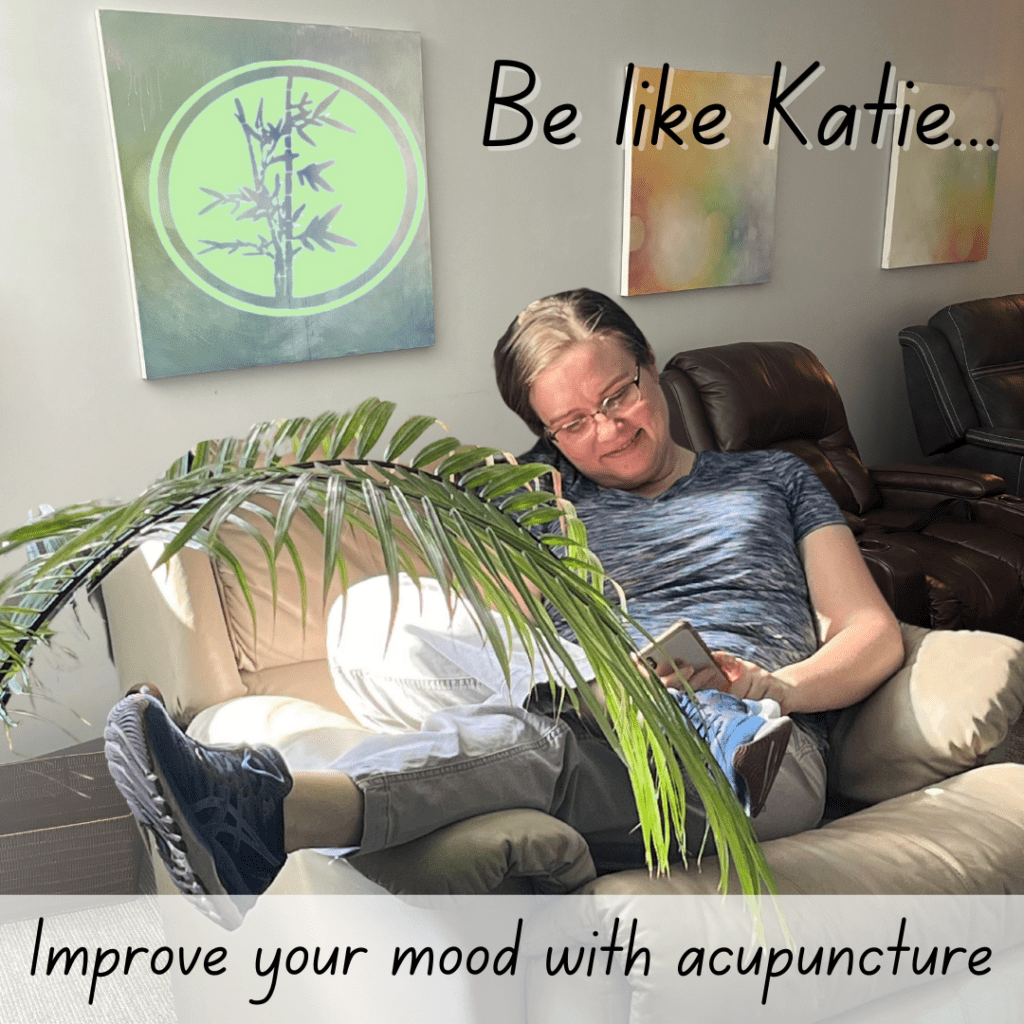 Winter can be emotionally challenging.
Winter can be emotionally challenging.
With shorter days, lower energy levels, and pressure brought on by the holidays contributing to feelings of sadness or lack of motivation. Acupuncture offers a natural way to lift your mood, improve focus, and help you feel like yourself again. By supporting your body’s stress response and improving circulation, acupuncture enhances mental clarity and emotional resilience. Many patients notice better energy, reduced anxiety, and improved mood after regular treatments.
We often help patients struggling with:
? Seasonal affective disorder (SAD)
? Low motivation or energy
? Stress-related fatigue
? Feeling overwhelmed
? Difficulty concentrating or staying focused
? Emotional imbalances related to winter blues
Find your balance this season. In addition to acupuncture, find a little something daily to boost your mood. Do you like to read, paint, converse with friends, cook, exercise–whatever it is, make time to replenish your energy. Winter is a season for hibernation. It’s OK to stay in and re-cooperate, re-balance, and rest. But if you choose to go out, we are ready to help you manage the long, dark, cold days of winter!
Contact Urban Acupuncture Center in Columbus, OH For More Information
For more information about how acupuncture, massage therapy, electroacupuncture and other alternative healing treatments can help you, please contact the Urban Acupuncture Center Board Certified Licensed Acupuncturist’s team at Indianola Ave, Columbus, Ohio (Clintonville) (614) 725-2488 or click here. Taking new patients in and around greater Columbus, Ohio.
 Recent developments in acupuncture include advancements in research, clinical applications, and integration into mainstream healthcare.
Recent developments in acupuncture include advancements in research, clinical applications, and integration into mainstream healthcare. 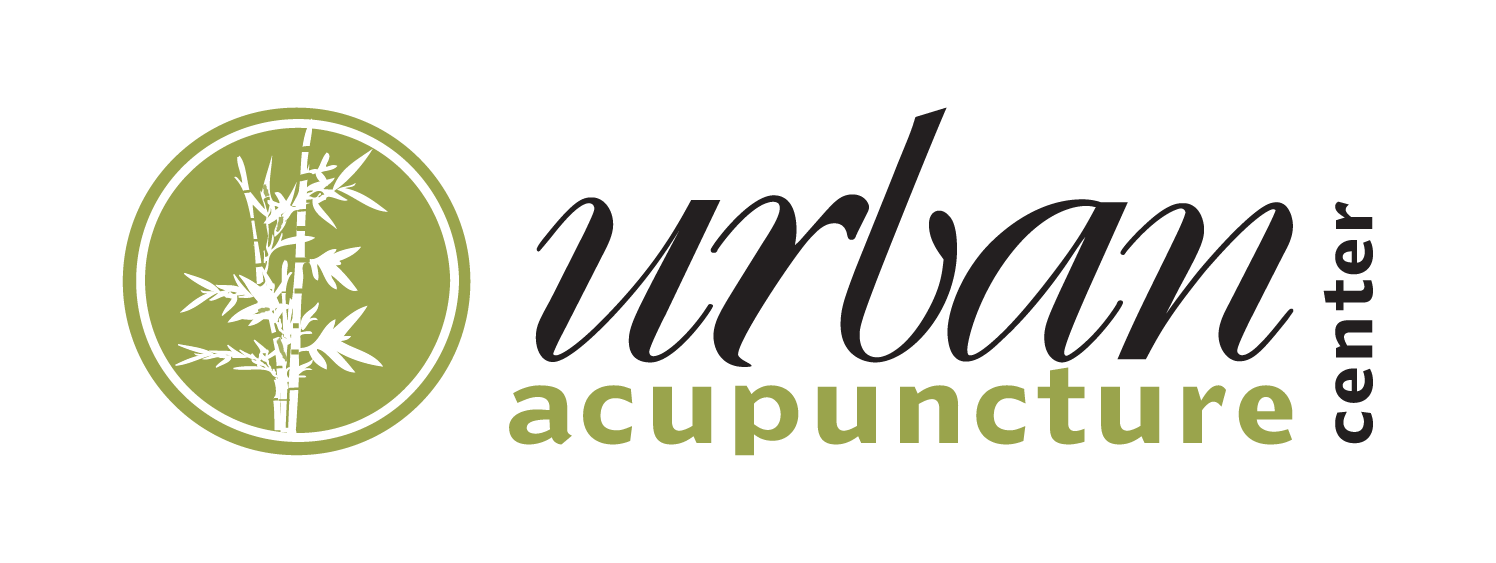
 Diabetes is a chronic condition that affects millions of people worldwide, leading to complications such as high blood sugar levels, nerve damage (neuropathy), and other metabolic disorders. While conventional treatments like medication, insulin therapy, and lifestyle changes remain the cornerstone of diabetes management, many individuals are exploring complementary therapies such as acupuncture. Research suggests that acupuncture may help improve blood sugar control and alleviate diabetic neuropathy symptoms, offering a holistic approach to diabetes care.
Diabetes is a chronic condition that affects millions of people worldwide, leading to complications such as high blood sugar levels, nerve damage (neuropathy), and other metabolic disorders. While conventional treatments like medication, insulin therapy, and lifestyle changes remain the cornerstone of diabetes management, many individuals are exploring complementary therapies such as acupuncture. Research suggests that acupuncture may help improve blood sugar control and alleviate diabetic neuropathy symptoms, offering a holistic approach to diabetes care.
 If you’re dealing with bloating, stomach pain, cramping, discomfort, constipation, diarrhea, acid-reflux or appetite issues (low or high), acupuncture can help restore balance to your digestive system, improving comfort and function naturally. The gut is often referred to as “the second brain,” in traditional Chinese medicine because there exists a bi-directional communication network between the central nervous system and the “gut-brain” or enteric nervous system. Acupuncture helps regulate the central nervous system, allowing improved communication throughout the body. Additionally, it helps aid in nutrient absorption, triggers the release of digestive enzymes, improves blood circulation to the gut, reduces inflammation, balances gut microbial, and stimulates the release of endorphins and other pain relief chemicals.
If you’re dealing with bloating, stomach pain, cramping, discomfort, constipation, diarrhea, acid-reflux or appetite issues (low or high), acupuncture can help restore balance to your digestive system, improving comfort and function naturally. The gut is often referred to as “the second brain,” in traditional Chinese medicine because there exists a bi-directional communication network between the central nervous system and the “gut-brain” or enteric nervous system. Acupuncture helps regulate the central nervous system, allowing improved communication throughout the body. Additionally, it helps aid in nutrient absorption, triggers the release of digestive enzymes, improves blood circulation to the gut, reduces inflammation, balances gut microbial, and stimulates the release of endorphins and other pain relief chemicals. Aging is inevitable. We start aging the day we’re born. Aging isn’t just about how we look, it’s about how we feel.
Aging is inevitable. We start aging the day we’re born. Aging isn’t just about how we look, it’s about how we feel. Winter can be emotionally challenging.
Winter can be emotionally challenging.